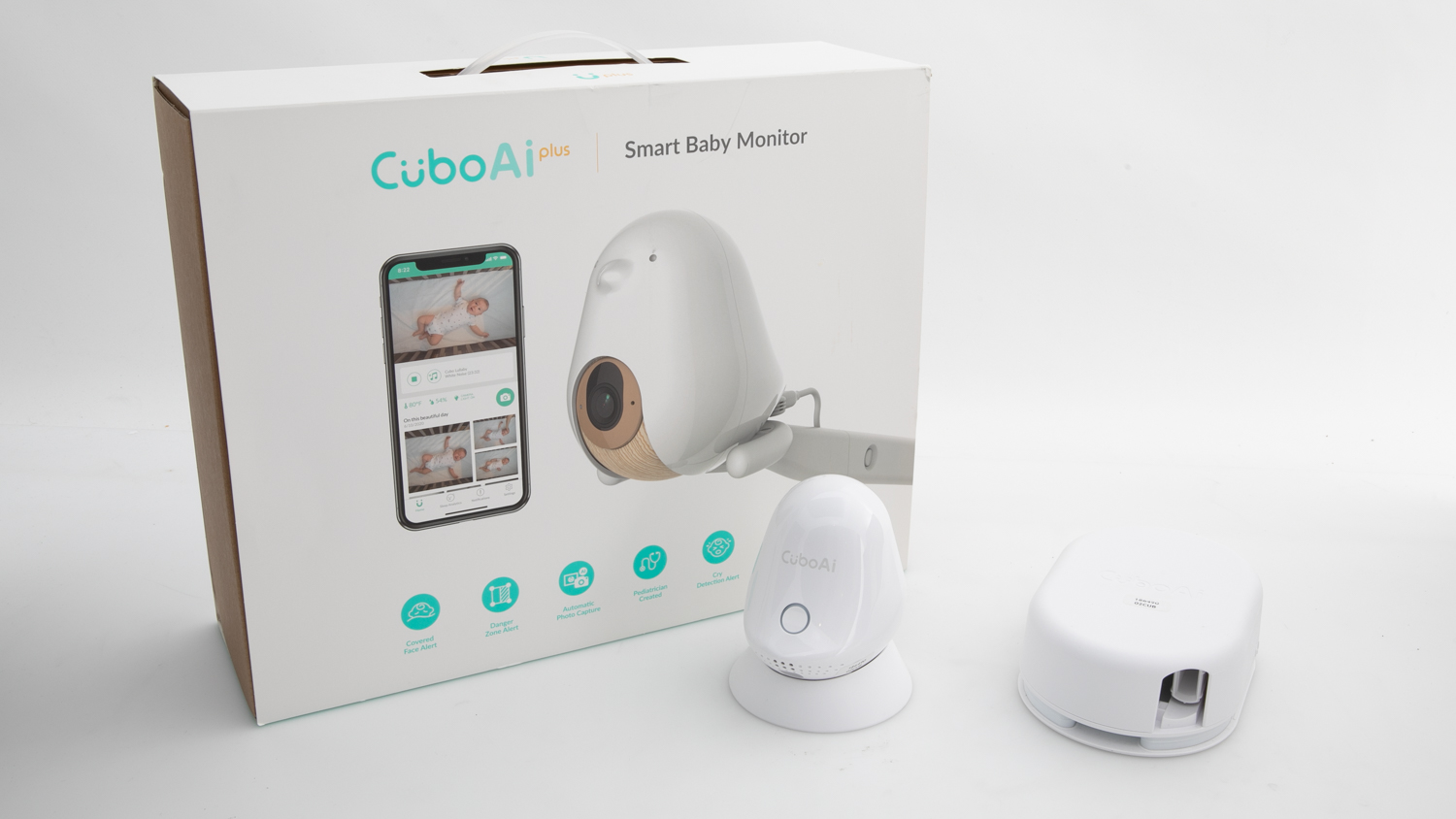

This prevents any blind spots and gives you a great view of what your baby is doing.Ĭubo’s stand allows for this type of mounting, and crucially keeps cords contained inside the stand itself, preventing the cord from being grabbed by your baby and possibly wrapped around her neck. As we’ve discussed with other baby monitor reviews, we strongly prefer a “bird’s eye view” mount, which has your monitor mounted above the crib looking straight down into it. The biggest choice for parents of babies will be where to mount your Cubo. Once connected, you can set danger zones, allowable temperature and humidity ranges, and more. Since a covered face can be extremely dangerous for young babies, this is a really nice safety feature. Cubo uses computer vision to recognize when your child’s face is covered by a blanket or swaddle. In addition, Cubo has created a thoughtful list of features, some of which are present in other wifi monitors, some of which are not:Ĭovered face alerts. Since you’re using your phone’s display, if the monitor’s got a good camera, you’re going to get a good picture vs often lower-quality displays on traditional monitors. No need to carry around an (often bulky) additional parent unit. If your child unit is connected to wifi and your phone is connected to wifi or cellular, you can connect to your monitor. The Cubo Plus shares features common to other wifi baby monitors like Nanit, Miku, Lollipop, and more (you can find all of our baby monitor reviews here): (If you’re curious about wifi monitors and how they differ from traditional monitors, we have more on that here) Cubo discontinued their old model, so we’re here to catch you up on what they’ve added. The Cubo Ai Plus is the upgraded version of the Cubo Ai, which is a baby monitor that uses wifi to connect the parent unit (your phone) with the child unit (a bird-shaped camera, microphone, and temperature/humidity sensor).


 0 kommentar(er)
0 kommentar(er)
